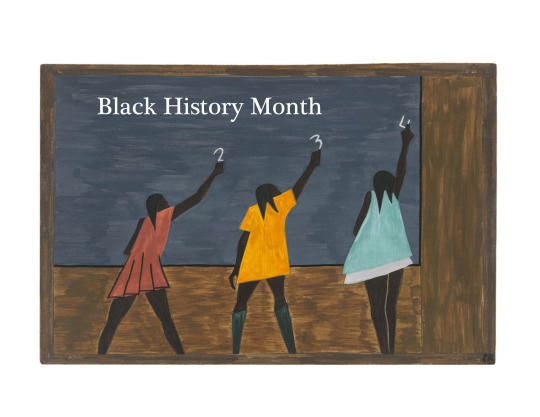
Image: Jacob Lawrence. From The Migration Series, 1940-41. At MOMA.
February 2016 marks the 90th Black History Month in the United States. In honor of such an important anniversary we bring you a small selection of African American artists who conquered the art world, thus breaking barriers in the world at large:
1. Henry Ossawa Tanner
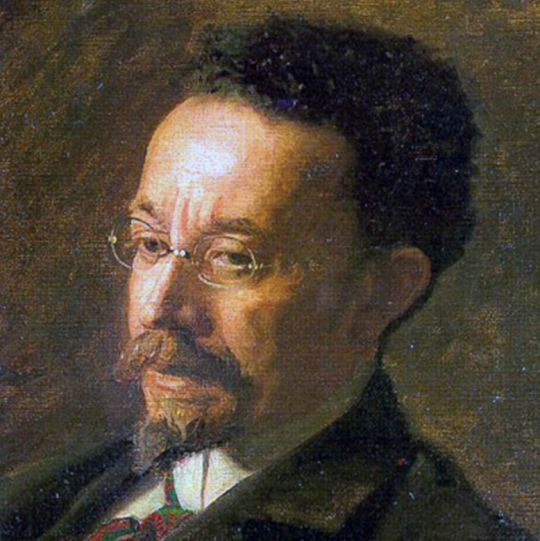
A Portrait of Henry O. Tanner (1990) by Thomas Eakins. Detail.
The son of a mother who escaped slavery via the Underground Railroad and a bishop in the African Methodists Episcopal Church, Henry Ossawa Tanner is considered the first internationally successful African American artist.
Despite being the only black student at the Pennsylvania Academy of Fine Arts in 1879 Tanner excelled at transforming a canvas under the tutelage of Thomas Eakins. Unfortunately these skills did not enable him transform his racist surroundings. To escape prejudice and further hone his art he moved to Paris in 1891, where he would become well-known for his realist biblical scenes.
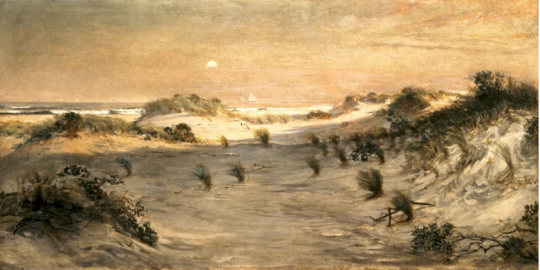
Sand Dunes at Sunset, Atlantic City (1885)
In 1996 his painting Sand Dunes at Sunset, Atlantic City became the first by an African American artist to be purchased for the White House’s permanent collection.
2. Samella Lewis
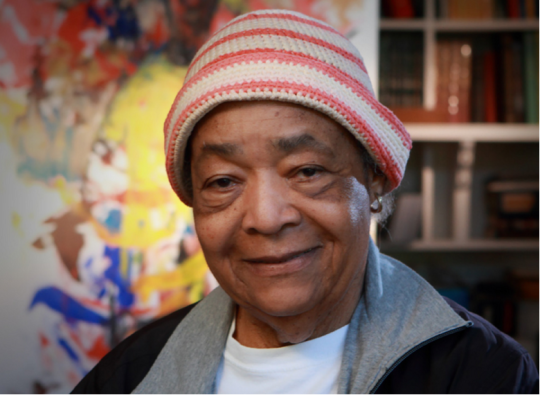
Dr. Samella Lewis has four degrees in art and art history and was the first tenured African-American professor of art history at Scripp’s College in California. If that weren’t enough she also founded and curated Los Angeles’ The Museum of African American Art in 1976, the same year she began The International Review of African American Art.
That small sampling of her accomplishments promoting the art of her peers says nothing towards her own accomplishments as an artist. In 1995 she received the UNICEF Award for the Visual Arts to honor her lifetime achievements in printmaking.
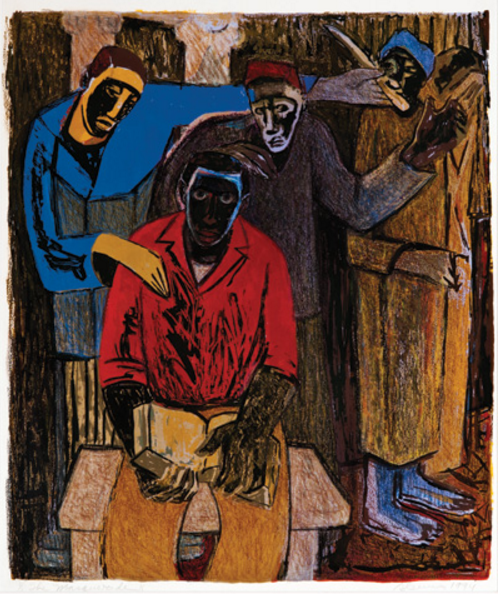
Masquerade (1994), Samella Lewis.
3. Hale Aspacio Woodruff
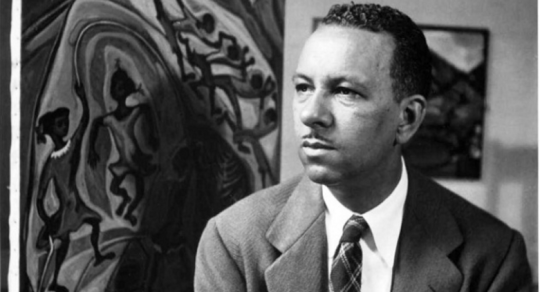
One of the earliest African American artists to study African art, Hale Aspacio Woodruff is a little discussed muralist who hung out with Henry Ossawa Tanner in Paris and painted with Diego Rivera in Mexico. Taking in his surroundings at every turn, he was exposed to Kansas City artist Thomas Hart Benton as a young man, Pablo Picasso while studying in Paris on scholarship, and Rivera in Mexico. Not only does his early regional work vividly display the influence of those he studied but his own experience and shared history as an African American.
His most provocative work is a three-paneled mural entitled Amistad Mutiny located at Talladega College where he also taught art. Woodruff went on to be a respected art professor at NYU and at Atlanta University where he began the Exhibition for African American artists in 1942. The Exhibition was essentially the only national venue of its time which provided unprejudiced entry to African American artists.
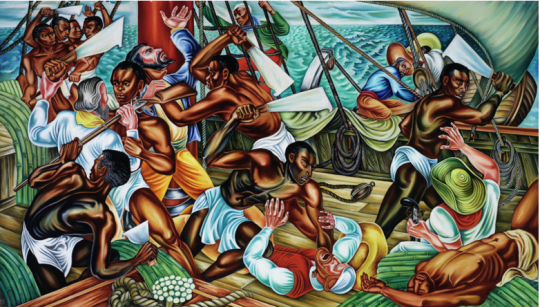
Mural No. 1. The Revolt of Amistad Mutiny
4. Meta Vaux Warrick Fuller
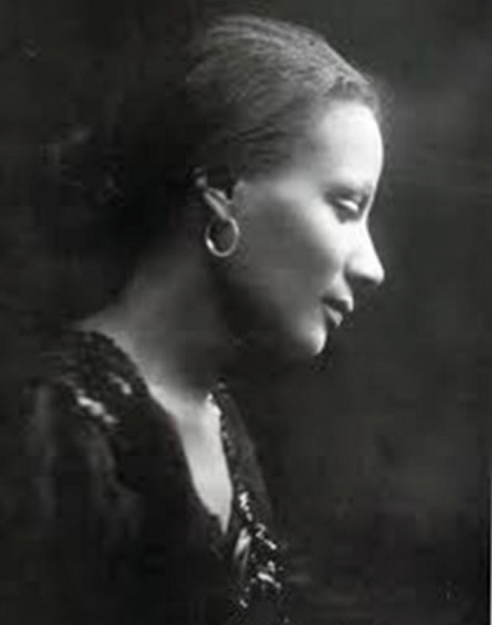
A student of Auguste Rodin Meta Vaux Warrick Fuller was a sculptor, poet, and painter who did not let the color of her skin or her sex dictate her success. She began playing with clay in her sister’s beauty shop as a young child which eventually led her to win a scholarship to the Pennsylvania Museum and School of Industrial Art. She would later travel to Paris where she met up with family friend Henry Tanner who introduced her to Rodin. Upon returning to the United States, Fuller became the first African-American female artist to earn a commission from the U.S. government. The commission consisted of several dioramas depicting the lives of African Americans from Jamestown to Frederick Douglas.
When a 1910 fire destroyed her studio containing years of her work, she went against her husband’s wishes (he wanted her to focus on homemaking) and built a secret studio in the back of the house. Supposedly, when he discovered the annex he was so impressed by her ability to manage and build the property that he forgave her secrecy.
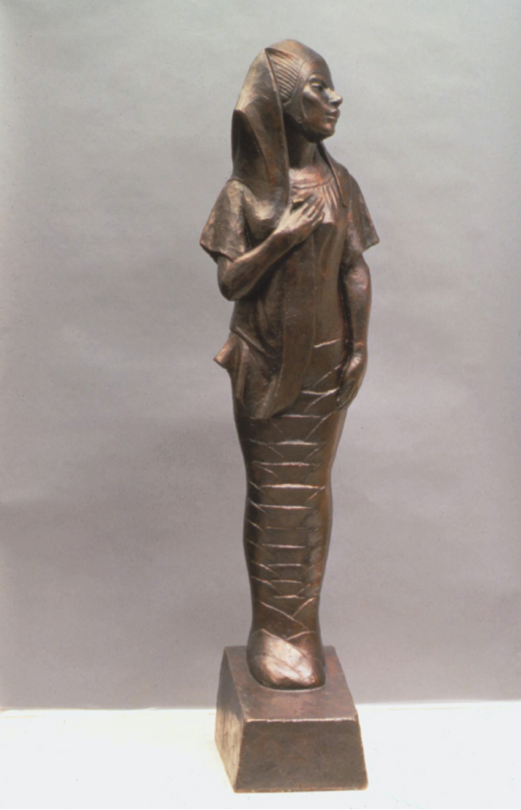
Fuller’s Ethiopia Awakening (1910) is considered an influential work in ushering in the art of the Harlem Renaissance.
5. Aaron Douglas
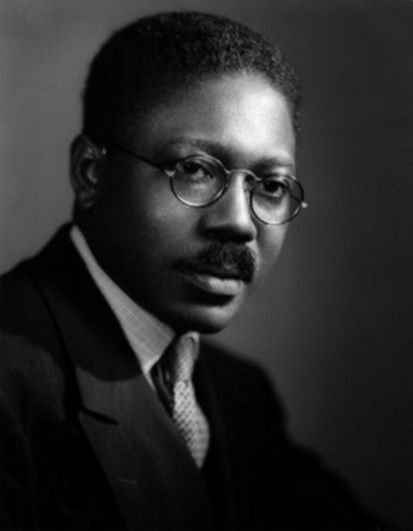
Referred to (unwillingly) as “The Father of African American arts,” Aaron Douglas was a key player in the Harlem Renaissance. He illustrated the two influential magazines The Crisis and Opportunity which brought him to the attention of W.E.B. Du Bois and Alain Leroy Locke. Both men praised him for his pioneering use of Egyptian and African design, a style which he blended with the modernism he’d learned from portraitist Winold Reiss. In 1940 he founded the art department at Fisk University where he taught until 1967. His work was used on the covers of Vanity Fair, Harper’s and collections of his work can be viewed at Metropolitan Museum of Art and the National Gallery of Art.
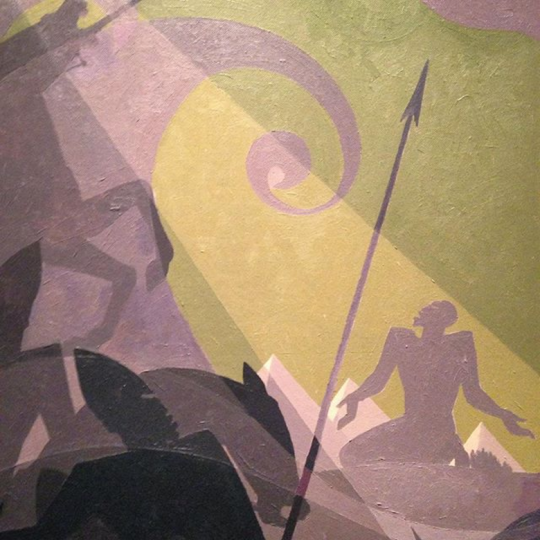
Let My People Go (1935-39) on view at the Met.
6. Alma Woodsey Thomas
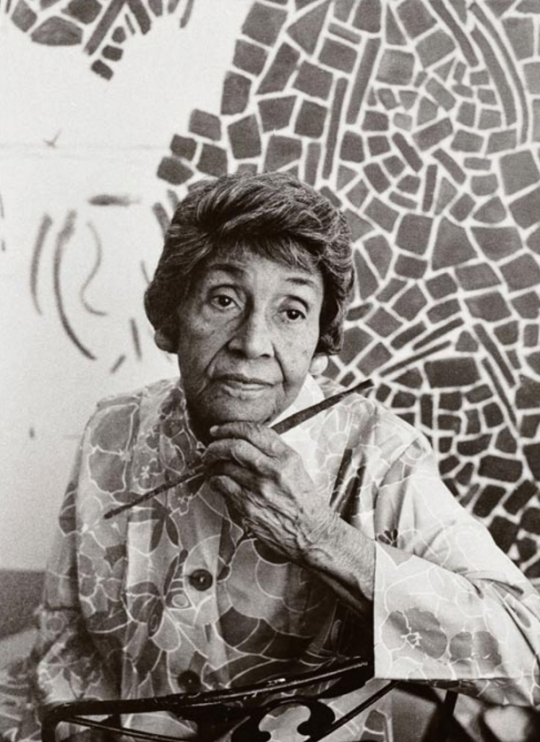
The first graduate of fine arts from Howard University, Alma Woodsey Thomas graduated in 1921 and began teaching high school art shortly afterwards. During her long career as a teacher she painted realistic works as a side hobby. It wasn’t until she retired that she began to paint in her signature abstract style. A 1966 exhibit at Howard University debuted the new style that would make her famous; she was 75. Thomas would go on to become the first woman to have a solo exhibit at the Whitney Museum and in 2009 Michelle Obama personally chose several of her paintings to hang in the White house.
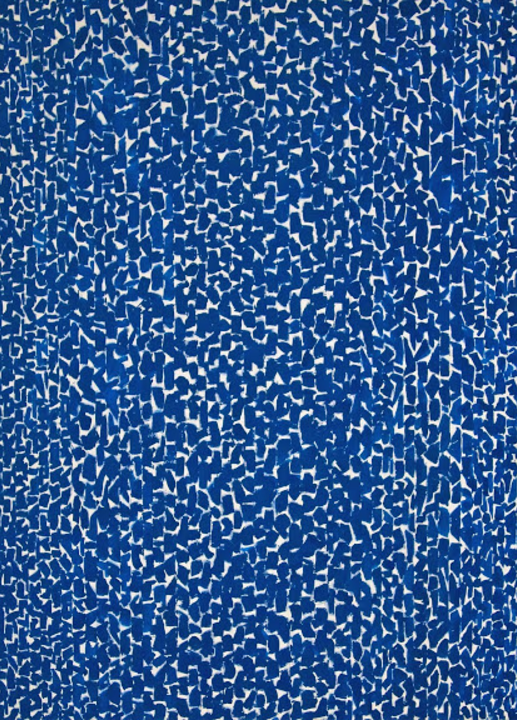
Skylight (1973) currently hangs in the Obama’s family quarters.
These are just a few of the many African American artists we admire at Sartle.
Because Black History is American History, any month of the year.
By Sarah









